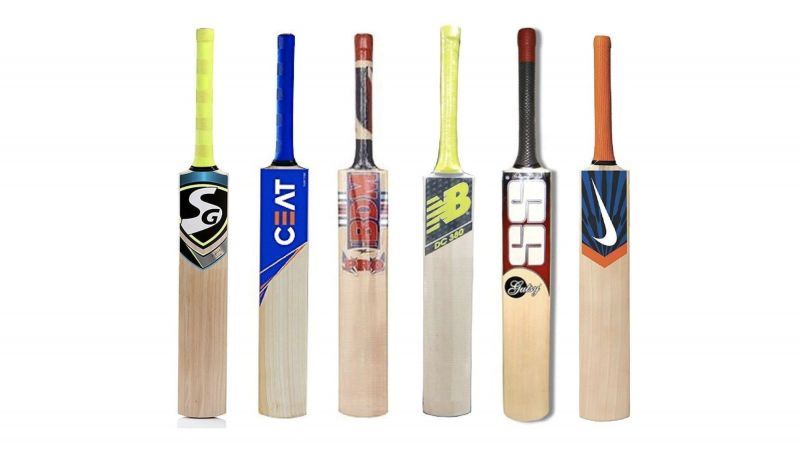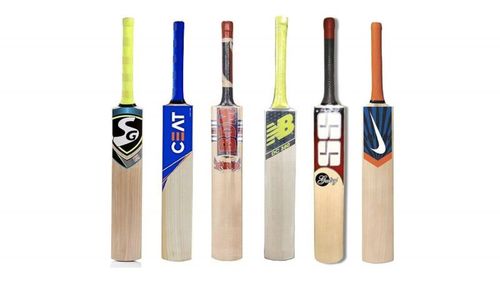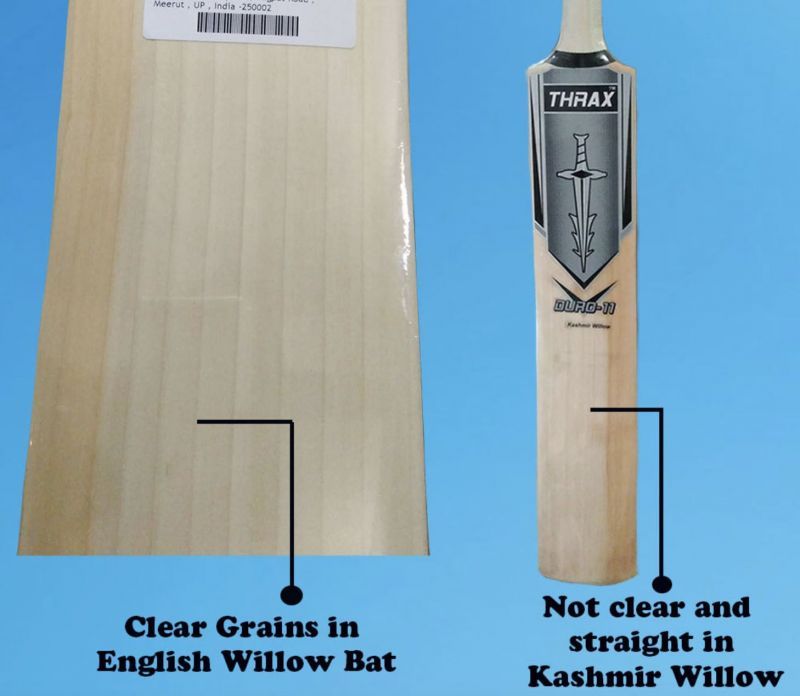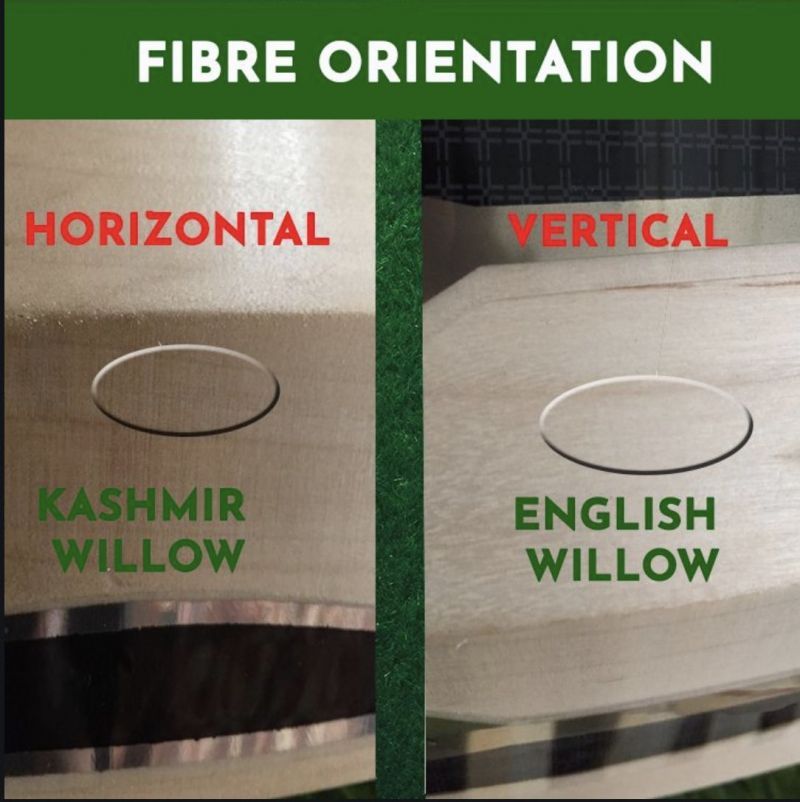
The differences between Kashmir willows and English willows

Every aspiring cricketer will have come across these terms at least once at the beginning of their cricket career. English willows and Kashmir willows are the two most popular willows used in the cricketing fraternity.
We delve deeper and understand the basic differences between these two woods and other intrinsic details of the willows.
Firstly, one of the reasons the bats are called willows is because they have been derived from the willow plant of Salix alba, the bark of which is even used as a remedy for cold, fevers, and joint pains across cultures for thousands of years.
White willows are lovely, fast-growing trees that can grow upto 60-80 feet and are usually found in the colder regions of Europe, Canada, Russia and in the state of Kashmir in India.
However, the willows grown in these regions are different from each other because of physical factors such as rainfall, climatic changes, soil composition, and moisture content. The willows grown in England are the most famous ones, which most professional cricketers use.
Let us find out the major differences between Kashmir willows and English willows apart from their origin.
1. Colour
One of the main visible differences between the two types of woods is the colour. The English willow is a shade whiter than the Kashmir willow and is the reason why these bats shine more than their Kashmiri counterparts.
2. Grain texture
Another major visible difference in the willows is that the grains in the English willow are more pronounced and stand out. Grains, in the context of bats, are thin brown/black lines found on the surface of the bat. This doesn’t mean Kashmir willows are of poor quality in comparison to English willows.
The high quality Kashmir willows have similar grains that are more pronounced and visible than a low quality English willow. So to every child out there who is interested in buying a professional willow, please consider grain texture as one of the important factors while choosing any willow.

3. Weight and orientation
Another noticeable factor between the two is the bat weight composition and the orientation of the bat. Kashmir willows are usually much heavier in nature than their English counterparts. The primary reason for this is that the Kashmir willows have higher density and moisture, leading to heaviness.
However, high quality Kashmir bats have a perfect balance and the bat speed and the ping off the bat won’t be affected. Coming to the orientation, the Kashmir willow's fiber orientations are slightly horizontally oriented while those of English willows are vertically oriented. These orientations are one of the reasons the grains are slightly more pronounced than a Kashmir willow.

So which one to buy?
A high quality English willow is more expensive than a high quality Kashmir willow. Also, an English willow has a better ping off the bat and is lighter compared to a comparable quality Kashmir willow, leading to better bat speed and ping off the bat.
If one is just starting out his/her professional journey as a child, a high quality Kashmir willow would be more preferable than an English willow. A high quality Kashmir bat can be used for professional cricket by all means if the above factors are considered while purchasing. However, with time, it's obviously better to shift to a high quality English willow.